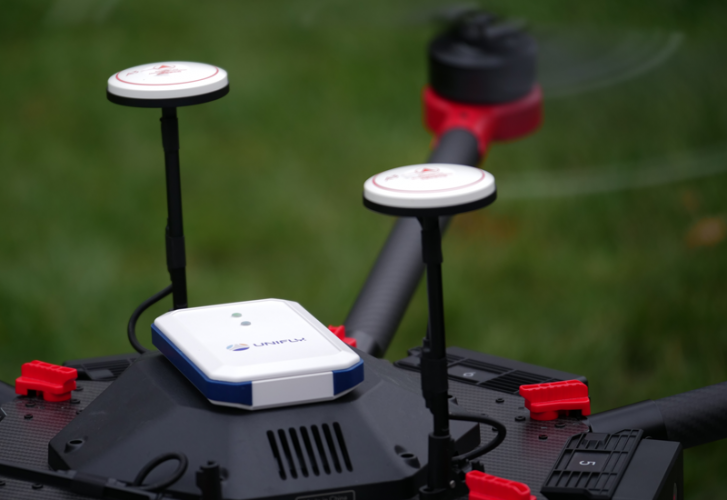India’s Directorate General of Civil Aviation (DGCA) is supporting beyond visual line of sight (BVLOS) trials to help define a regulatory framework for Unmanned Aircraft Vehicles (UAVs). Led by AutoMicroUAS, a leading Indian drone manufacturer, a number of BVLOS test flights will be performed over the course of the following months to collect as much data as possible to make routine UAV deployment on a large scale possible in the future.
India wants to take drone traffic to the next level with a series of BVLOS flights that will focus on multiple real-life scenarios reflecting the country’s biggest drone opportunities. These main areas are the agricultural business, healthcare and law enforcement.
The Indian government is providing multiple locations for 100 hours’ worth of BVLOS scenarios to several consortia. This consortium will focus on conducting drone-spraying operations for agricultural purposes, windmill surveillance operations, and medicine delivery, the last in a semi-urban environment. These trials are to exploring the vast agricultural and healthcare purposes of drones, identified by the Indian government as some of the biggest priorities concerning BVLOS flights.
The tests will be performed in remote areas, beyond the normal ground control coverage.
Belgian UTM provider Unifly is providing its e-Identification and tracking solution for drones, Unifly BLIP (broadcast location & identity platform). The BLIP is an autonomous weather-proof tracker that functions independently from the drone itself as a stand-alone digital blackbox. This allows the drone operators to follow their drones during all circumstances in real-time. It is designed to enable safe BVLOS drone flights thanks to its real-time tracking and in combination with the Unifly Data Collector.
The Unifly Data Collector translates the data given by the BLIP and forwards it in real-time to multiple UTM systems, the Unifly UTM as well as in this case to Avianco, the Indian UTM provider during these trials.
(Image: Unifly)
For more information visit:




